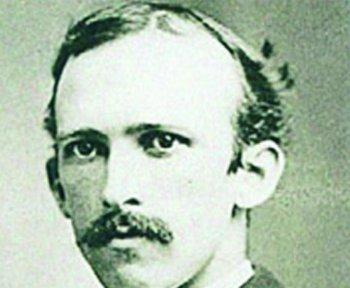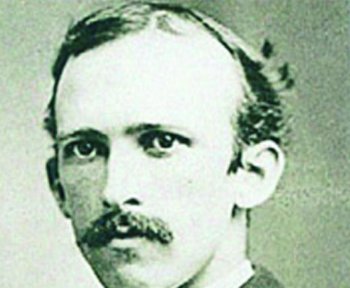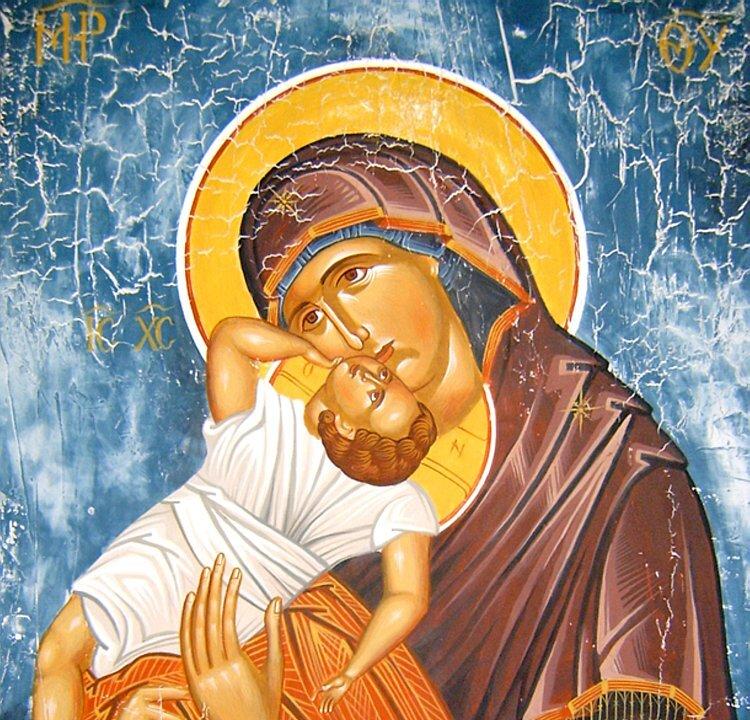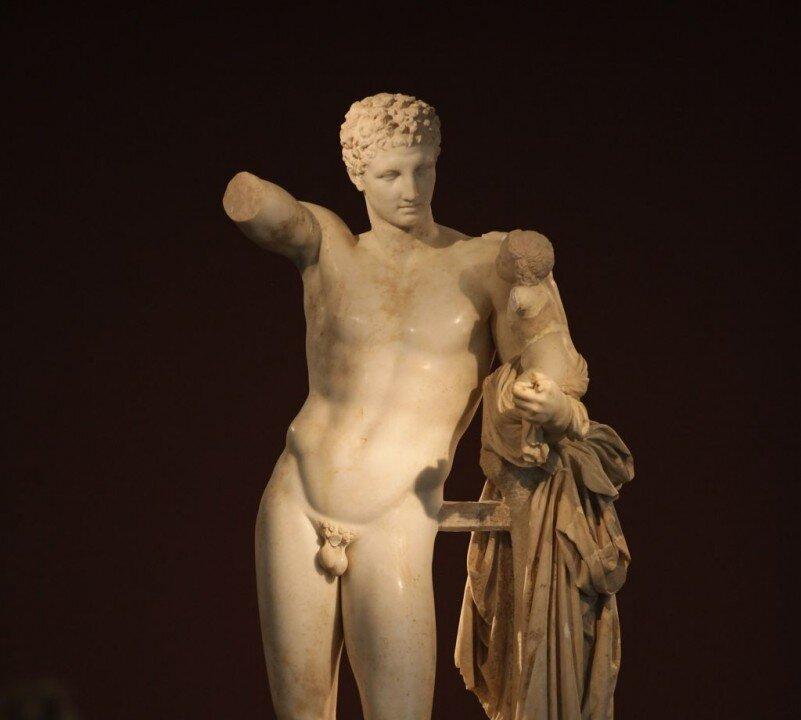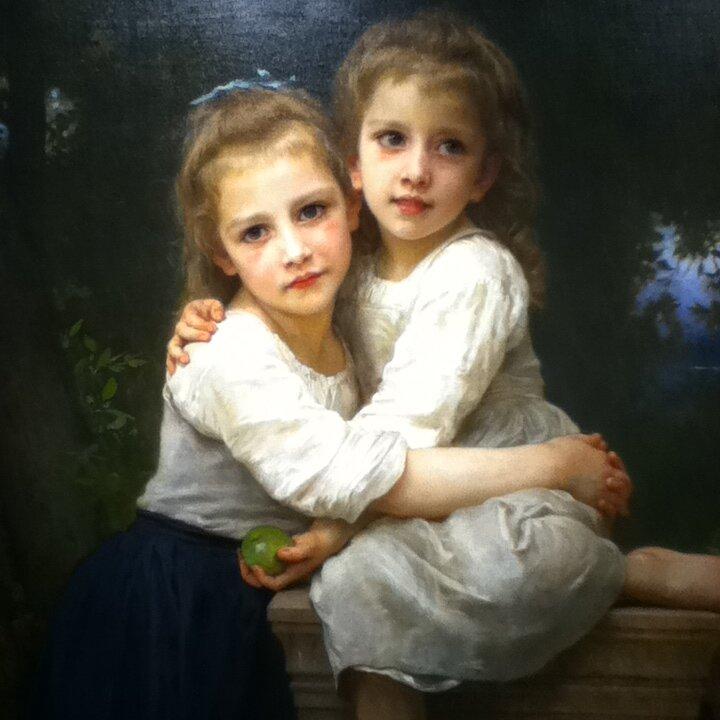Abbott Thayer: America’s Premiere Artist
Thayer first painted agrarian scenes of barnyard animals as well as natural scenes in his beloved Mount Monadnock in New Hampshire.
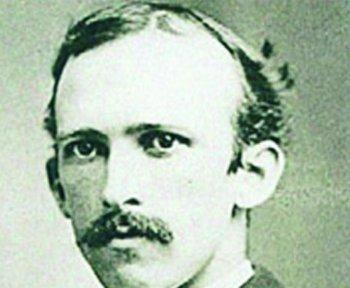
The Thayer family household had no year-round heating. Artrenewal.org
|Updated:

